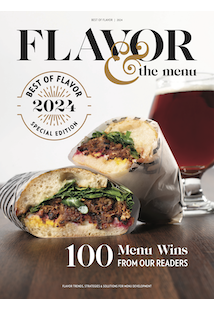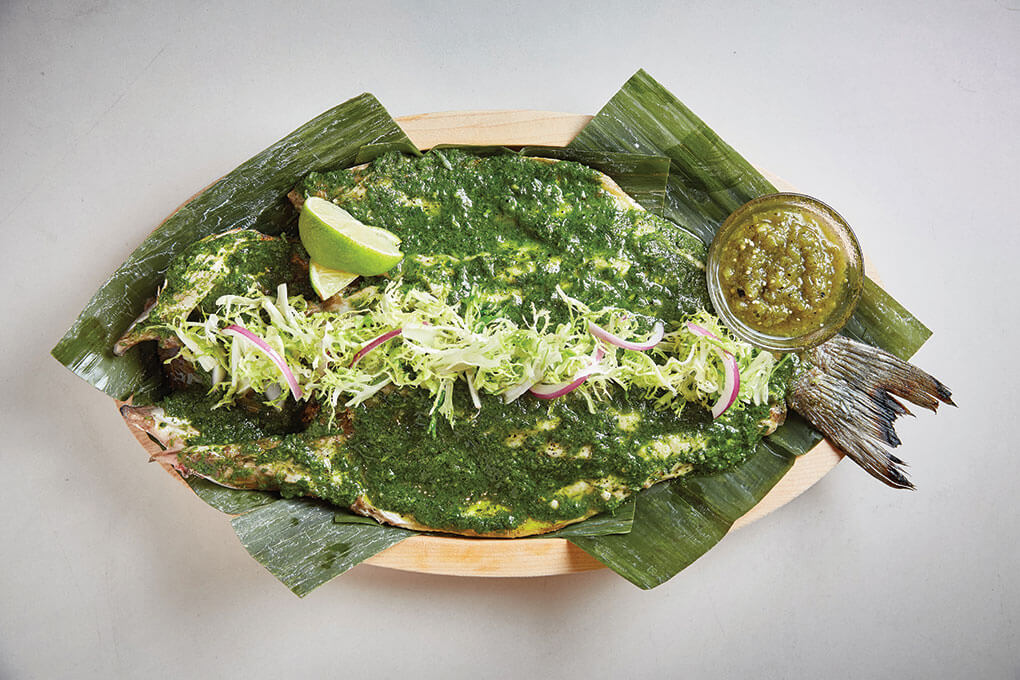 Eric Wolfinger Photography
Eric Wolfinger Photography Jesus Martinez
Jesus Martinez was a fisherman before he started farming “true” striped bass (as opposed to a hybrid species) in ocean cages for Pacifico Aquaculture, based in northern Baja California, Mexico, just 70 miles south of the U.S. border.
Because he has witnessed dramatic changes in wild fish stocks off the coast of Ensenada over time, Martinez brings a depth of insight into how aquaculture contributes to a more sustainable global food system.
Martinez hails from another seaside town, Manzanillo, Colima, in southern Mexico, but has been living in the port city of Ensenada since 1980. He joined Pacifico in 2010 and currently monitors the overall well-being of the fish at the farm, located near Todos Santos Island, eight miles off the coast of Ensenada.
Pacifico’s striped bass hatchery, farm and processing plant received a 4-star Best Aquaculture Practices (BAP) certification from the Global Aquaculture Alliance in 2017, a designation that signifies a product originates from a BAP-certified farm, processing plant, hatchery and feed mill. Being a part of the operation that brings one of the only ocean-raised striped bass to market means many things to Martinez.
“The opportunity to help supply the world with fish that is delicious and can alleviate demand on the wild fish populations,” he says, is one in which he takes great pride.
He says aquaculture, as a practice, has opened doors for a new economy for the region, providing good jobs to local residents.
Andres Padilla, Chef de Cuisine, Leña Brava, Chicago
Andres Padilla heads Rick Bayless’s Baja-inspired, wood-fired Leña Brava in Chicago. Before putting striped bass on the menu, Bayless visited Pacifico Aquaculture’s farm and immediately connected with the ocean-raised “true” striped bass.
Leña Brava’s preparation—in which the striped bass is butterflied and grilled with regional Mexican flavors—is a signature dish and one of the restaurant’s most popular. To customize, diners can choose from four regional Mexican styles: Nayarit-style zarandeado with roasted garlic, Worcestershire, soy and árbol chile; Oaxacan-style with red chile adobo glaze; achiote-marinated Yucatecan-style; or Leña-style, with a green chile glaze.
“The Leña style preparation is our interpretation of the flavors of Baja,” says Padilla. The herby, spicy green chile adobo glaze also features olive oil produced in Baja. “It’s hard to miss those big flames blazing in our kitchen—that dramatic backdrop is a great way to introduce guests to the live-fire cooking that’s so prevalent in Baja.”
All preparations of the striped bass are served in rustic fashion, with the whole flame-grilled bass brought to the table accompanied by fire-roasted salsa and warm heirloom corn tortillas. “The presentation just invites people to dig in together,” he says. “We’re telling the story of Baja by presenting this beautiful striped bass raised in the region.”











